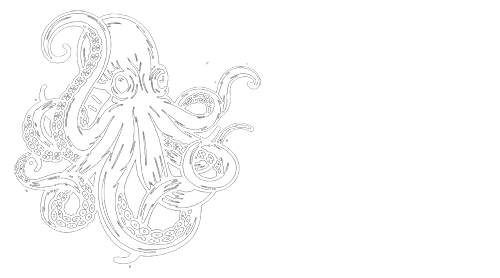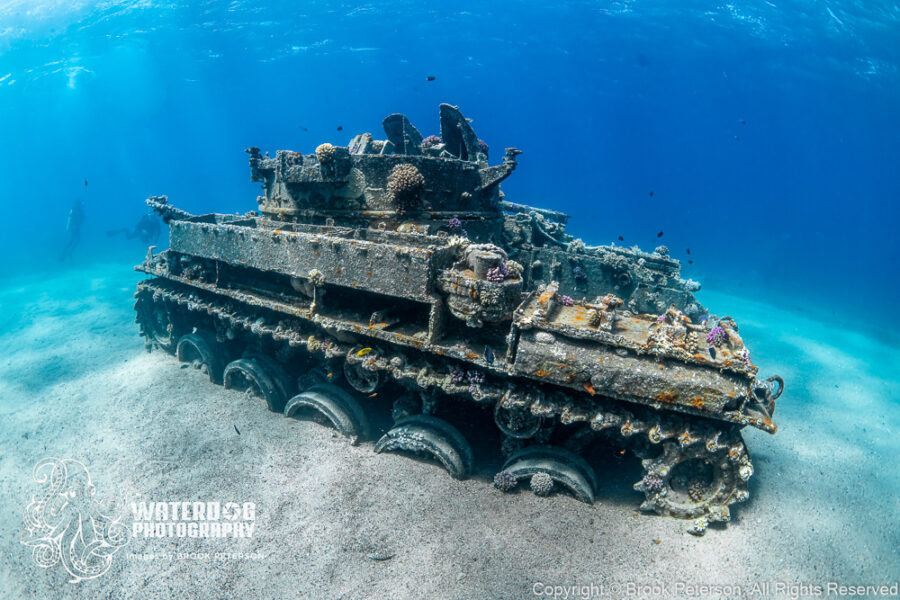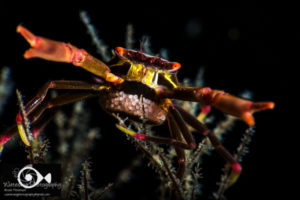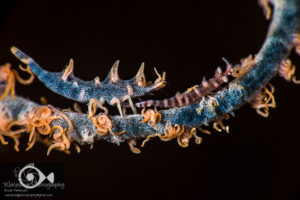
It is no secret that artificial reefs are one of the basic tools that conservationists use to promote a healthy marine environment. Manmade structures are often used to create a habitat for fish, corals, and other critters to thrive in. Sometimes a featureless sandy bottom is the ideal setting for such a structure, and it can benefit both man and beast. Nowhere is this more apparent than in Aqaba, Jordan.
Aqaba is situated at the northernmost tip of the Red Sea in the Gulf of Aqaba. It is the only city in Jordan that has contact with the coastline. Because of its semi-enclosed form, the bay is susceptible to pollution, over-fishing, and consequently, the destruction of marine habitat. But fortunately, environmental advocates are making a difference. Surprisingly tourism is one of the tools they are using to revive local waters.

The Jordanian king, Abdullah II and his son, Crown Prince Hussein bin Abdullah are scuba diving enthusiasts. They have taken a “hands on” approach to ruling Jordan which includes an active role in preserving and restoring their coastal waters. In July 2019, under his direction, a tourist attraction was created that is unique and aimed at restoring the over fished sea as well as encouraging tourism.

Enter the world’s first underwater military museum. These decommissioned historical pieces of military machinery and vehicles are arranged on the sea floor in a battle formation. The purpose of the display is multi-leveled. On its most basic level, the museum serves as a tourist attraction. But it is much more than that. It is an effort to restore a thriving ecosystem.
One of the great benefits of the underwater military museum is that it will provide a place for marine life to thrive and rebound. In just two years small fish have already taken up residence in and on the vehicles and corals are starting to grow. The museum is laid out so that its shallowest vehicles are in just 15 feet of water while the deepest vehicles are about 90 feet deep. Accessible from shore, this allows both snorkelers and divers to enjoy the display.

For underwater photographers, the sites in Aqaba are a dream come true. Not only are there nineteen military vehicles in the underwater military museum, but Aqaba’s shores also include several ships, a Hercules C-130 aircraft carrier, and a Lockheed L1011 Tristar passenger jetliner. The museum itself includes two helicopters, tanks, an ambulance, troop carriers, and several other vehicles. As a photographer, you are limited only by your imagination.
Lenses

When photographing man-made structures under water it is important to take into consideration which lens you will use. Is the structure so large that you can only photograph it with a wide-angle fisheye lens? Are there straight lines that you want to emphasize that will require a rectilinear lens? Will you photograph the marine life on the structure or the structure itself? These are questions that lead you to better photography as you plan the images you want to achieve before you take a giant stride.
For the military museum a rectilinear wide-angle lens such as the Nikon 16-35mm is appropriate. The vehicles are small enough to fit within the frame and they have definite straight lines that you would want to keep straight. Sea life has taken up residence on the vehicles and a rectilinear lens allows you to photograph the giant frogfish and crocodile fish that can be found there.
The Hercules C-130 and Tristar L1011 airplanes work well with either a rectilinear or fisheye lens. A fisheye lens, such as the popular Tokina 10-17mm or Canon or Nikon’s 8-15mm lens works well. Because the airplanes are aerodynamic, most of the lines are already curved, so the distortion that a fisheye lens provides is not noticeable or it may even enhance the photograph.

Natural Light
Natural light in Aqaba is outstanding as there is rarely a cloud in the sky and the water visibility is excellent. The way you use the light can make or break your photographs. If you choose to use natural light, consider the angle of the sun. If you want to create a moody image with deep shadows, shoot into the sun. If you want a lot of detail and color in your image, make sure the sun is at your back. You should also consider whether you want a color or a black and white image. Shooting with the sun at your back will provide you with better color saturation, or better detail in a black and white image. Shooting across or into the sun will provide you with interesting shadows that make great black and white images.

The stern of the “Cedar Pride” shooting away from the sun 
The bow of the “Cedar Pride” shooting into the sun
For excellent color photographs, consider using a filter, such as a Magic Filter. This is a colored filter that fits your lens and returns some of the red hues back to the water. It is especially effective for keeping the blue water blue throughout the image. Often, when an image is white balanced in post-processing, the water becomes a washed-out gray color. Filters prevent this and make existing color more vivid.

If you are able to penetrate the wreck, there are a few pointers for taking better shots. When shooting from the inside, always look for a place where natural light is coming in and make sure the blue water is a component of the image. This lends your photograph some depth and gives the viewer a sense of being inside. When shooting directly into a dark space, the image will have a flat look without dimension and consequently becomes uninteresting.

A manufactured skeleton floats inside the wreck of the Hercules C130 in Aqaba 
Inside the belly of a soldier’s transport vehicle
Using Strobes
Although strobes are not likely to cover the entire wreck, they can play an important role in wreck photography. Strobes can be used to light important objects inside or outside a wreck such as a bit of cargo or the cockpit of an airplane. If you have a remote trigger, then off camera lighting can make stunning photographs. Use the off-camera strobe to light an object that is at a distance from the camera. The darkness between the lens and the object that is being lit will provide a sense of depth. In addition, a model who is swimming through a dark passage can hold an off camera light or strobe behind his or her back to light up space behind them. This will prevent the diver from blending into the background and it also adds depth to the image.

A diver observes light coming from the cockpit of a helicopter at the underwater military museum in Aqaba 
A diver explores the inside of a commercial jetliner using a remote strobe that is triggered off camera
The wreck of the Cedar Pride, which was a ship that was scuttled in 1985 by King Abdullah II, has now been under water for about 36 years. It is covered in coral growth and is home to many species of fish and invertebrates. This ship is a good example of how beneficial an artificial reef can be. Perhaps its most photogenic feature is the crow’s nest which is dripping with soft corals and surrounded by reef fish. The ship lies on its side and the crow’s nest is the perfect size for a pair of strobes to light. Colorful corals are accentuated by the strobe light while the ship is too far away to light. This creates the perfect blend of sunlight on the ship with strobe emphasis on an interesting feature.

Plan and Prepare
Planning and preparation are key to getting good photographs on wrecks. If you are going to use a model, talk to them before hand and create hand signals for the pose you want, the distance you want them from the camera, and let them know what your objective is. This can save valuable time when you are trying to achieve a certain shot as it is difficult to communicate details when you are under water.
If you plan a trip to Aqaba, Jordan, you are sure to have plenty of opportunity to practice your wreck photography. The variety of vehicles and man-made structures within recreational diving limits is unparalleled. It is also a great opportunity to see how man and nature can work together to benefit each other. There are many dive centers along the coast including Deep Blue Dive Center, a PADI five star dive center and hotels are abundant both in the city of Aqaba and along the coast.

Several military vehicles are on display in the underwater military museum in Aqaba 
A diver enters the tail section of the Tristar L-1011 plane wreck in Aqaba 
A helicopter is on display at the Aqaba Underwater Military Museum 
A crocodile fish hides in plain sight on the top of a tank at the underwater military museum in Aqaba 
A Jeep sits in shallow water at the top end of the underwater military museum in Aqaba
This article is also published by Dive Photo Guide
Join me for a workshop! Travel to a great destination where you will have exclusive coaching on your underwater photography. Meet new people, network, try new techniques, and learn with the pros! Click on Travel and Workshops for more information.
Subscribe now!
As always, if you enjoy my images please visit my website, waterdogphotography.com, or give me a like on Facebook at Waterdog Photography Brook Peterson. Don’t forget to follow me here at waterdogphotographyblog and please feel free to share on Facebook or other social media.
My photographs are taken with a Nikon D850 in Sea and Sea Housing using two Retra Pro Strobes.
All images and content are copyright protected by Brook Peterson and may only be used with written permission. Please do not copy or print them. To discuss terms for using these images, please contact me.
© Brook Peterson 2021





